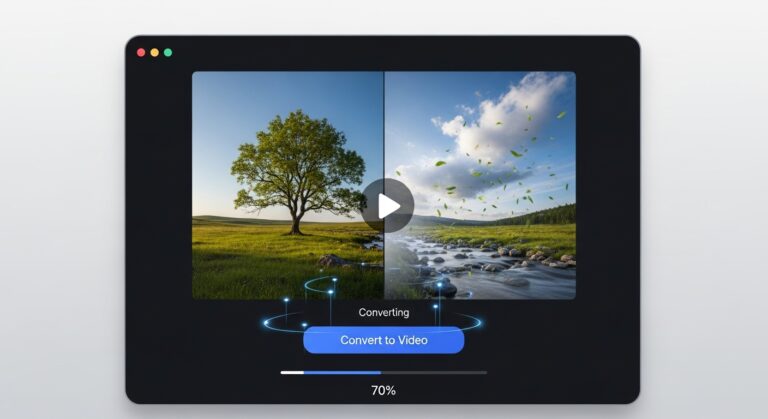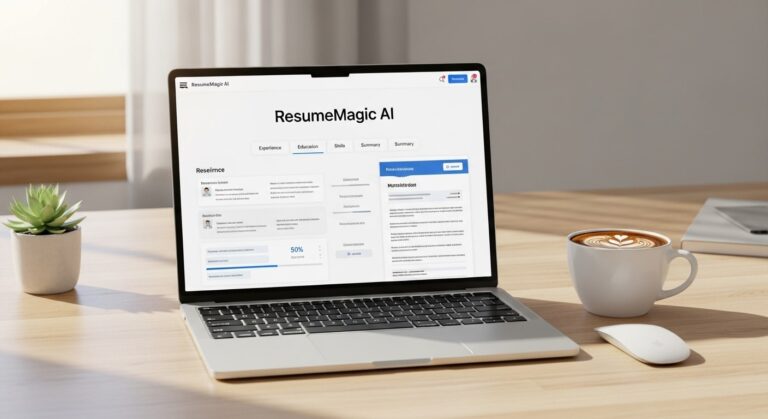For almost twenty years smartphones have been at the center of modern life. They have shaped how people connect, shop, work and learn. But even the most powerful inventions reach a point where something new must take their place. Today Tech Giants Envision Future Beyond Smartphones as Apple, Meta, Google and Neuralink invest billions to create what comes next. From spatial computing to AR glasses and brain–computer interfaces these companies are reimagining how people live with technology.
This shift is not just about launching another gadget. It’s about changing how humans interact with technology itself.
In this article we’ll explore how major tech companies are building the future beyond smartphones and what it means for everyday life.
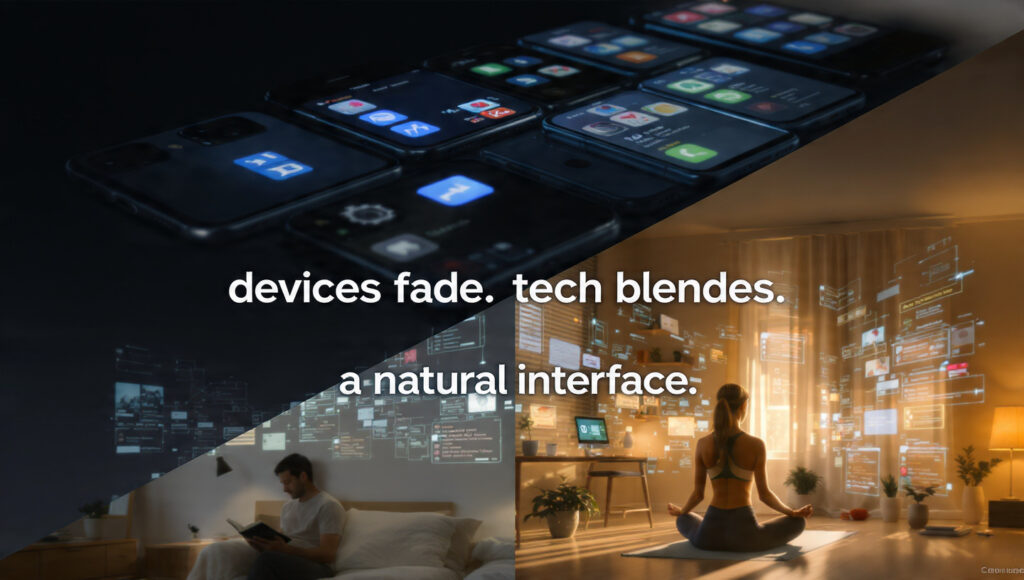
Why Are Tech Giants Moving Beyond Smartphones?
The smartphone market has started to slow down. Global sales are flat upgrade cycles are longer and each new model looks and feels almost the same as the last. Most updates now focus on cameras or design while the overall experience hasn’t changed much in years.
At the same time people are realizing how much screen time affects their focus and mental health. Studies show that the average person checks their phone more than 100 times a day. This constant distraction has made people start to wonder if there’s a better way to live with technology one that feels more natural and less controlling.
Tech leaders believe the answer lies in a future where devices fade into the background. Instead of staring at screens people will interact with digital systems that quietly blend into their surroundings.
The Multi-Billion-Dollar Race to Redefine Human–Tech Interaction
Meta: Building the Future of AR
Meta is one of the companies leading the charge toward life after smartphones. Through its Reality Labs division Meta has spent tens of billions of dollars developing augmented reality glasses and immersive virtual experiences. The idea is simple: instead of using a phone digital information should appear naturally in front of your eyes.
Meta’s AR glasses made in partnership with Ray-Ban are an early version of that vision. They let users take calls, capture photos and use AI assistants without lifting a finger. Mark Zuckerberg describes these glasses as “the most human form of technology” believing they could one day replace the phone entirely.

Beyond entertainment Meta hopes AR will change the way people work and learn. Imagine attending a meeting without a laptop or studying science by seeing 3D atoms floating around you. This is the world Meta is trying to build.
In 2024 Meta’s Reality Labs reported over $2.1 billion in revenue but also a massive $17.7 billion operating loss showing just how much the company is willing to spend to secure the post-smartphone future. The loss may seem huge but it highlights Meta’s commitment to shaping long-term innovation rather than short-term profit. The company continues to hire specialists in optics, AI and haptic feedback signaling its belief that AR glasses could one day become as essential as smartphones are today.
Apple: From iPhones to Spatial Computing
Apple takes a different path. Instead of rushing it builds ecosystems step by step. The Vision Pro headset marks Apple’s biggest step toward a future beyond the iPhone. The company calls it a “spatial computer” because it merges apps and real environments into one experience.
Apple’s approach expands on its connected ecosystem. The iPhone, Watch, Mac and Vision Pro all work together and the company is already working on lighter and more affordable AR glasses for everyday use.
Apple’s long-term goal is not just to replace smartphones but to make computing invisible. With spatial computing people can control apps using gestures, eye movements and voice instead of screens and taps. This natural interaction could define the next era of personal technology.
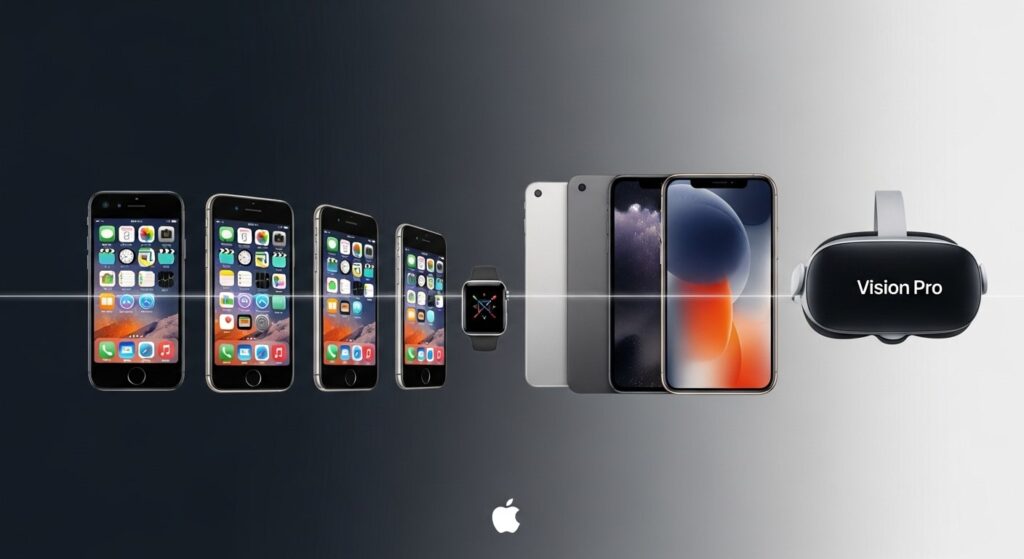
According to 2024 reports, the Vision Pro captured about 5% of the VR/MR market despite its high price. Apple’s strategy isn’t about mass adoption yet but about building an advanced ecosystem that others can’t easily copy. Developers are encouraged to create “spatial apps” that work seamlessly across its devices. Behind the scenes Apple is filing patents for lightweight lenses, ambient sensors, and battery-efficient chips.
These small but steady moves reflect Apple’s philosophy: slow innovation that builds lasting impact. The company is not betting on a single product, but on merging its ecosystem so naturally that one day, you might not even notice the transition from iPhone to ambient computing.
Google: The Vision of Ambient Computing
Google’s vision is built around intelligence rather than hardware. The company focuses on what it calls “ambient computing” a world where technology quietly supports you in the background.
Through projects like Project Astra and its work in wearables Google is creating assistants that understand context, tone and emotion. Instead of unlocking a phone you might simply ask a nearby device for help and it would respond naturally.
Google’s goal is not to invent a single replacement for smartphones but to build a network of smart devices such as glasses, sensors and AI systems that make life easier without demanding attention.
In 2025 Google integrated Gemini AI directly into Android and Wear OS, making devices more predictive and context-aware. The company envisions a future where your phone, home speaker, and car assistant share the same intelligence. Rather than switching between screens, users would interact with a single, unified digital brain that anticipates their needs. Google’s quiet strength lies in data and software, allowing it to compete not through hardware dominance but through intelligence integration.
Neuralink: Merging the Brain and Machine
While Meta and Apple focus on new types of devices Elon Musk’s Neuralink is exploring something even deeper connecting the human brain directly with computers.
Neuralink’s brain–computer interface or BCI uses a tiny implant that lets users control devices through thought. Early human tests have already shown success and the company believes its technology could one day help paralyzed patients regain movement or allow anyone to interact with digital environments using only their mind.
This may sound like science fiction but it represents the farthest edge of what comes after smartphones, a world where humans and machines communicate naturally without a physical interface.
Neuralink received FDA approval in 2023 for human trials and has already implanted its chip in a handful of patients by 2025. The company’s next goal is to enhance signal accuracy and long-term durability of the implants. Beyond medical use Musk envisions “telepathic communication,” where thoughts could trigger digital responses instantly. While commercial use is years away Neuralink’s breakthroughs point toward the deepest form of post-smartphone interaction imaginable technology that connects directly to the human mind.
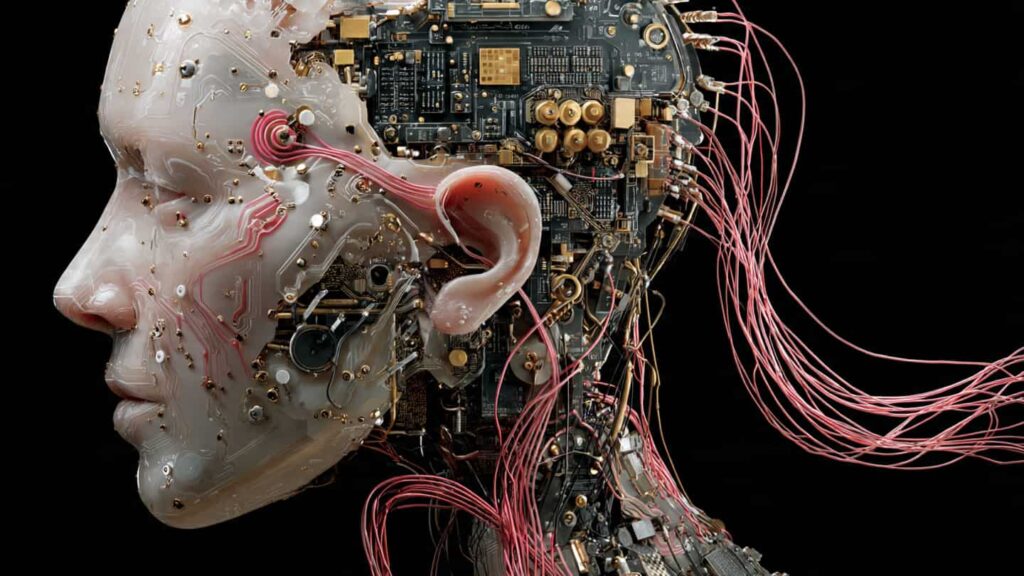
Microsoft and OpenAI: Redefining Work and Companionship
Microsoft’s vision focuses on productivity and collaboration. Its HoloLens and mixed reality tools are already used in fields like healthcare, manufacturing and education. Instead of targeting consumers first Microsoft aims to make holographic interfaces a normal part of professional work.
OpenAI on the other hand is shaping the emotional side of future technology. Known for ChatGPT the company is developing AI companions that can hold conversations, remember context and adapt to human moods. These systems could live inside homes, cars and wearables becoming everyday digital partners rather than just assistants.
Together Microsoft and OpenAI are showing how artificial intelligence will become the foundation of the next computing generation one built around understanding and interaction rather than simple commands.
The Role of Ecosystems in the Post-Smartphone Future
The success of the post-smartphone era will not depend on one breakthrough product but on how well ecosystems connect. Apple’s seamless integration across devices gives it a head start but Google’s open AI systems and Microsoft’s enterprise dominance create strong competition. Meta is building a social ecosystem through Horizon Worlds and immersive avatars while OpenAI focuses on the emotional link between humans and machines.
In the coming decade, the companies that win will be those that merge hardware, software and intelligence so fluidly that users forget which part they are using. The real innovation will be invisible a world where technology just works around you.
The Quiet Infrastructure Behind the Revolution
Behind every futuristic demo there’s massive infrastructure being built. Cloud computing, 6G networks, edge AI processors, and quantum computing research are laying the foundation for this transformation. Amazon Web Services, Microsoft Azure and Google Cloud are quietly enabling the processing power needed to make ambient computing possible.
These back-end systems will ensure that future devices respond instantly and securely. Without this invisible layer of infrastructure, AR glasses, AI companions and brain interfaces wouldn’t function smoothly. It’s the unseen work the cables, chips and servers that will define how fast the post-smartphone world arrives.
The Ethical Blueprint for Future Technologies
As technology becomes more personal ethics will become a core part of innovation. Companies are investing in AI transparency, data minimization and mental well-being safeguards. Apple has started building more on-device AI to protect user privacy. Google’s AI principles restrict surveillance-style data collection. Meta, under regulatory pressure now includes “privacy by design” in its AR development process.
Future success will depend not only on what these systems can do but how much users trust them. In the race beyond smartphones, credibility and ethics will matter as much as features and speed.
Core Technologies Driving the Post-Smartphone Era
Augmented Reality (AR)
AR adds digital layers to the real world without replacing it. From smart glasses to car dashboards AR is already moving into daily life and could soon become the most common alternative to smartphone screens.
Spatial and Ambient Computing
Spatial computing allows digital objects to exist naturally in real space. It turns any room into a potential workspace or display area. Ambient computing takes this a step further creating systems that respond automatically to your needs lights, assistants or devices that adjust themselves without being asked.

Brain–Computer Interfaces (BCI)
BCI technology connects human thought directly with machines. Though still experimental it could remove the need for physical devices altogether creating a direct bridge between the mind and digital systems.
AI Companions and Voice Systems
AI is becoming more personal and emotional. Voice-based systems like ChatGPT’s voice mode and Alexa’s next-generation updates can recognize tone, context and emotion. These systems may soon replace traditional app interactions allowing people to talk naturally with their devices.
Challenges on the Road Ahead for Tech Giants Shaping Life Beyond Smartphones
Building life beyond smartphones comes with many challenges. The future of technology will depend as much on social acceptance and ethics as it does on innovation.
Privacy and Data Control: As technology becomes more integrated personal data will be harder to protect. Devices that constantly monitor surroundings could raise serious privacy questions.
Battery and Hardware Limits: Wearables, implants and AR glasses require strong batteries and efficient chips that can run quietly and stay cool.
Adoption Resistance: Not everyone will be comfortable wearing smart glasses or living around sensing devices. Gaining trust and acceptance will take time.
Accessibility and Cost: Advanced devices will likely start expensive making it important for companies to find ways to make them affordable and inclusive.
The Investment War for the Next Platform Shift
All major companies are spending at historic levels to secure dominance in the next era. Meta’s Reality Labs losses show deep financial commitment. Apple continues to pour billions into custom chips and headset manufacturing. Google and Microsoft are competing in AI infrastructure each building data centers capable of supporting trillions of daily AI operations.
This is not a side project it’s the next platform war after the smartphone. Just as Apple and Google defined the mobile era, the winner of this new race will define how humans experience reality itself.
How Life Might Look Beyond the Smartphone?
Imagine waking up in 2030. Your lights turn on automatically as your AI companion greets you with the weather and schedule. As you make breakfast digital notes appear near your coffee mug through AR glasses. Later when you join a meeting life-sized holograms of your colleagues appear right in your living room.
It may sound like something from the future but it’s already happening around us. Phones will still be here for a while, but their role will shrink as more natural forms of interaction take over.
When Will Smartphones Truly Fade Away?
Experts expect the shift to happen gradually between 2025 and 2035. The shift won’t arrive with a single breakthrough. It will come gradually, as we move from touch screens to gestures, from typing to voice and from phones to smart environments that respond to us naturally.
Just as music moved from CDs to streaming smartphones will evolve into connected systems that surround us. The smartphone era will end not with a crash but with quiet transformation.
Conclusion
The world’s biggest tech companies see a future where technology blends seamlessly into everyday life. From Meta’s AR glasses and Apple’s spatial computing to Neuralink’s brain interfaces every innovation moves us closer to a reality where devices no longer sit in our hands but live around us.
This change is not just about gadgets. It’s about how people experience the digital world. The next revolution in technology will not fit in your pocket; it will be part of your everyday life.
1. Why are tech giants moving beyond smartphones?
1. Why are tech giants moving beyond smartphones?
2. What will replace smartphones in the future?
A mix of AR glasses, voice-based assistants and AI-driven devices will gradually take over the main roles of smartphones such as communication, navigation and entertainment.
3. How will AI and AR change daily life?
AI and AR will make technology feel more natural and responsive. Instead of opening apps people will talk, gesture or look to get things done.
4. What challenges could slow this transition?
Privacy risks, cost barriers, hardware limits and hesitation toward new technology could all slow down mass adoption.
5. When will smartphones become obsolete?
Smartphones will still exist through the 2030s but their role will shrink as people move toward hands-free, voice-based and immersive technologies.


